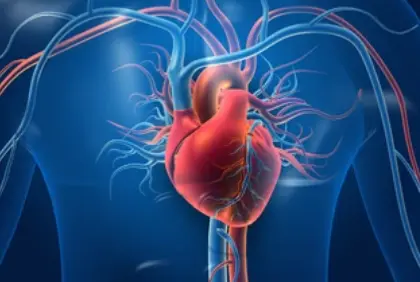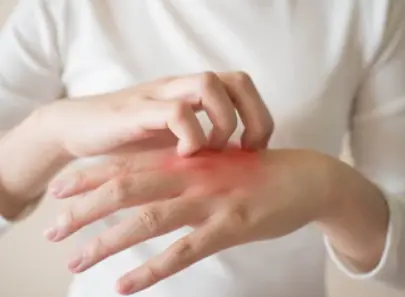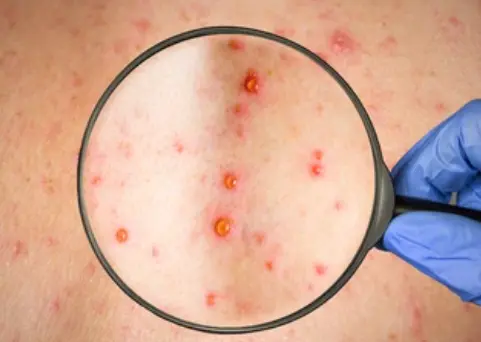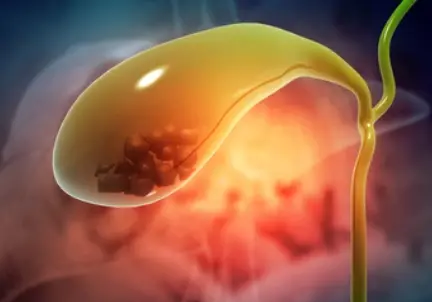 Welcome
Welcome
“May all be happy, may all be healed, may all be at peace and may no one ever suffer."
- A
- B
- C
- D
- E
- F
- G
- H
- I
- J
- K
- L
- M
- N
- O
- P
- Q
- R
- S
- T
- U
- V
- W
- X
- Y
- Z
Rheumatoid Arthritis (RA) - Generics
Rheumatoid arthritis (RA) is a chronic autoimmune disorder that affects the joints and can also damage other parts of the body, such as the lungs, heart, and blood vessels. It causes inflammation, pain, stiffness, and swelling in the joints, and can lead to joint deformity and disability.
The cause of RA is not fully understood, but it is believed to be a combination of genetic and environmental factors. It is more common in women than men and typically develops between the ages of 30 and 60.
Symptoms of RA may include joint pain and stiffness, especially in the morning or after periods of inactivity, swelling and tenderness in the joints, fatigue, fever, and weight loss. RA can also cause complications such as rheumatoid nodules (lumps under the skin), lung problems, and an increased risk of heart disease.
Diagnosis of RA is based on a patient's medical history, physical examination, and blood tests such as rheumatoid factor and anti-cyclic citrullinated peptide (anti-CCP) antibodies. Imaging tests such as X-rays, MRI, or ultrasound may also be used to assess the extent of joint damage.
Treatment for RA may include medications to reduce inflammation and manage symptoms, such as nonsteroidal anti-inflammatory drugs (NSAIDs), disease-modifying antirheumatic drugs (DMARDs), and biologic therapies. Physical therapy and exercise can also help improve joint function and reduce pain and stiffness. In some cases, surgery may be needed to repair or replace severely damaged joints.
Prevention of RA is not yet possible, but lifestyle factors such as maintaining a healthy weight, getting regular exercise, and avoiding smoking may help reduce the risk of developing RA or delay its onset. Early diagnosis and treatment of RA can help prevent or minimize joint damage and improve long-term outcomes for patients.

Bacteraemia and meningiti...

lodine deficiency

Atrial fibrillation and a...

Complicated and recurrent...

Cyclitis

Syphilis

Wheezing

Cholecystography
Rheumatoid Arthritis, RA, রিউমাটয়েড আর্থ্রাইটিস, আরএ
To be happy, beautiful, healthy, wealthy, hale and long-lived stay with DM3S.